Alan Gerding
gamer level 4
1633 xp
1633 xp
followers
13
13
Use my invite URL to register (this will give me kudos)
https://boardgaming.com/register/?invited_by=doberman
profile badges
...



recent achievements

Advocate
Give 25 hearts (loyalty points) to a single game
Give 25 hearts (loyalty points) to a single game

Treasure Map
Explore select games by completing a series of exploration actions. learn more »
Explore select games by completing a series of exploration actions. learn more »

Gamer - Level 4
Earn Gamer XP to level up!
Earn Gamer XP to level up!

Intermediate Grader
Grade 50 more reviews or tips by clicking "Yes" or "No" in response to the question "Was this helpful?"
Grade 50 more reviews or tips by clicking "Yes" or "No" in response to the question "Was this helpful?"
Player Stats
Critic (lvl 2)
455 xp
455 xp
Explorer (lvl 1)
182 xp
182 xp
Professor (lvl 1)
275 xp
275 xp
Reporter (lvl 0)
86 xp
86 xp
About Me
I truly am a social gamer. My favorite games are the ones that bring people together and transcend the boundaries of mass market gamers and "gamer" gamers.
Right now, I've been enjoying Ascension, The Resistance, and WooWee.
It should now be mentioned that I love the game Mage Wars. So much so, that I volunteered to be the host for their awesome tutorial videos.
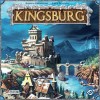





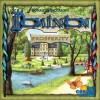
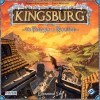








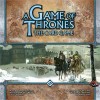


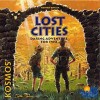









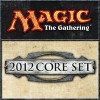

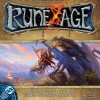




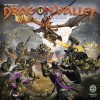




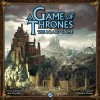
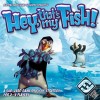




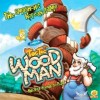


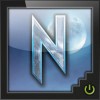

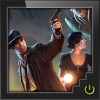
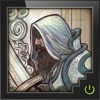

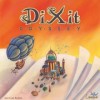




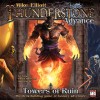





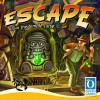


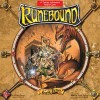






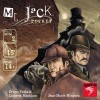














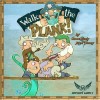

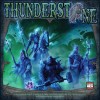




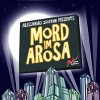
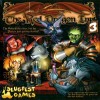





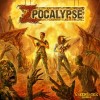



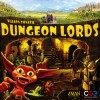










Bears!
My apologies, this is going to be quick.
Bears is super light, and can be learned in a minute. By the time you finish reading this review, you could have learned the game or played a round. It is my favorite of the dice light games (2nd: Martian Dice, 3rd: Pass the Pigs, 4th: Zombie Dice).
Here are some reasons why it is awesome:
1.) Simultaneous play. No longer do you have to wait for your turn. Everyone goes at once.
2.) Learnability. As mentioned above, the learning curve is very shallow.
3.) Responsive Strategy. What do I mean by that? If you want to win this game, you have to pay attention to the dice that everyone else is grabbing. If you can think quickly enough, you can provide your opponents with negative points, or you can provide your self with major bonus points.
This game is hard to dislike. It is so light that even if it isn’t your thing, you’ve only invested minutes of your life. Bears continues to hit my gaming table regardless of the audience. It is a great filler and warm-up game.